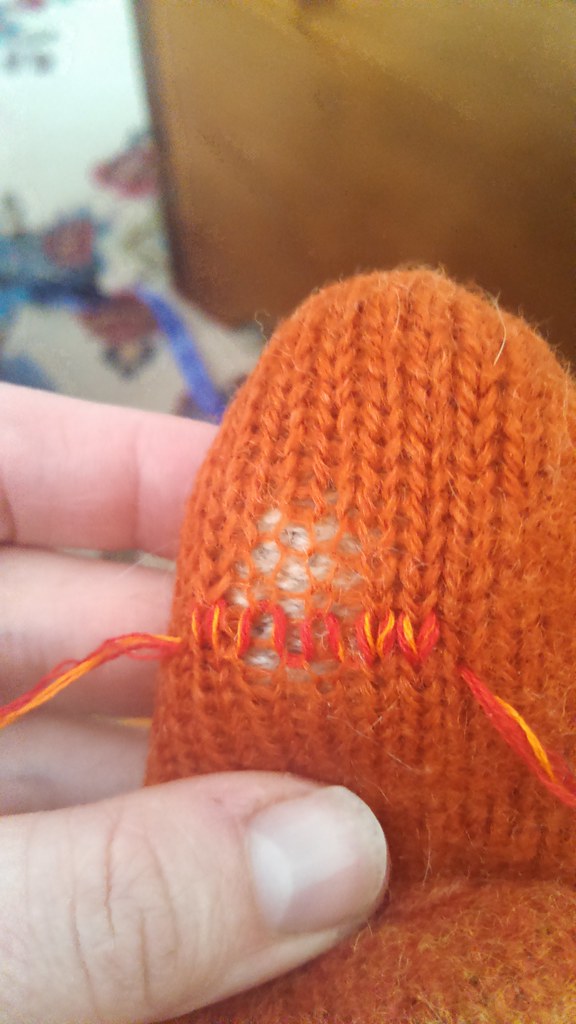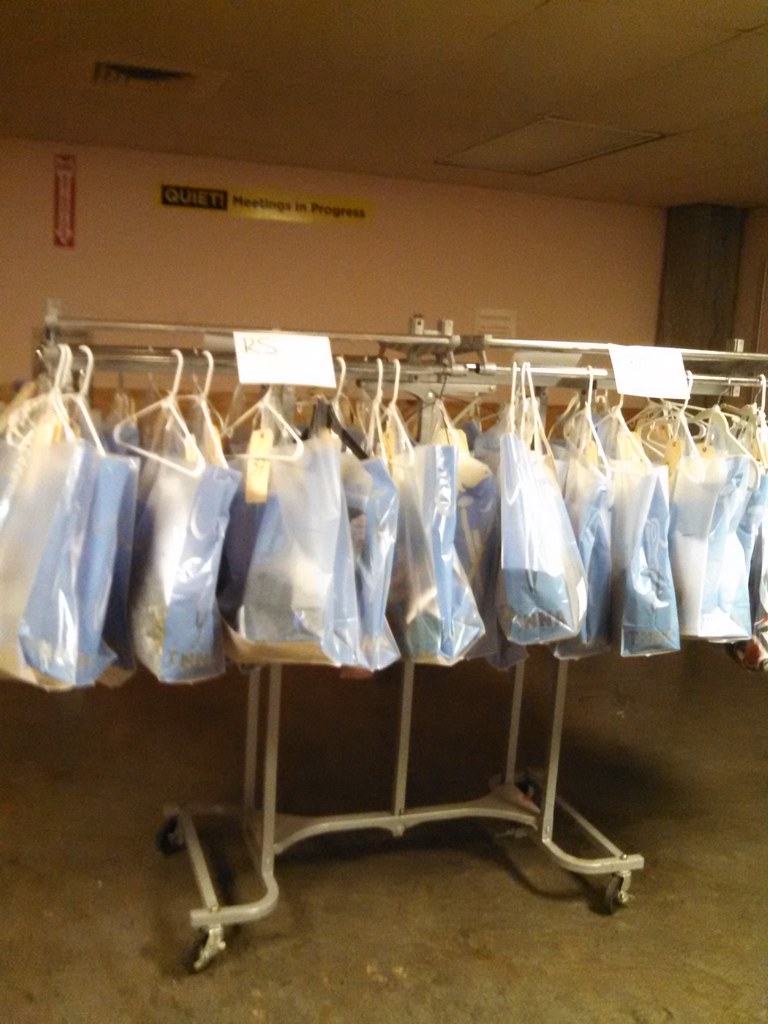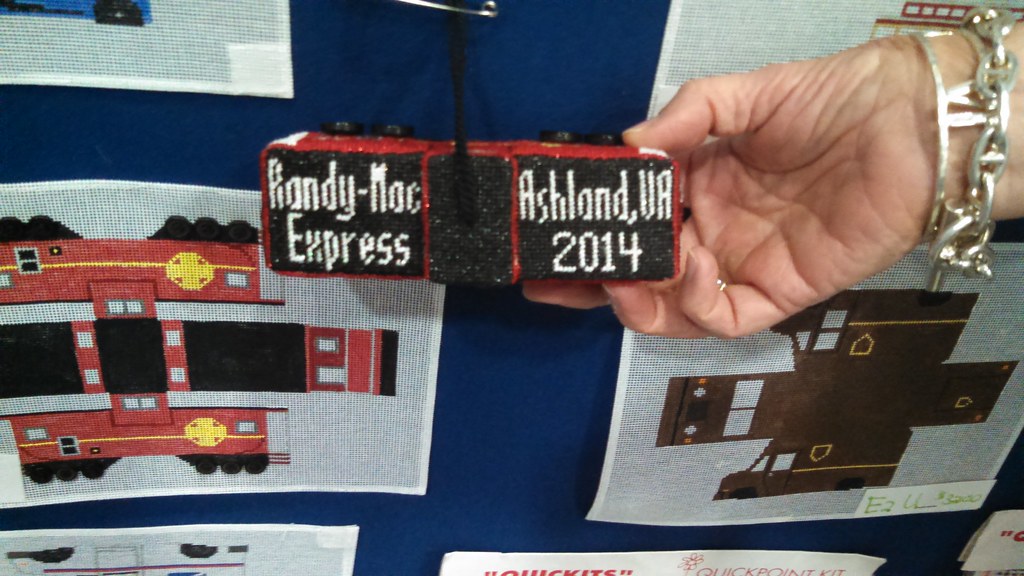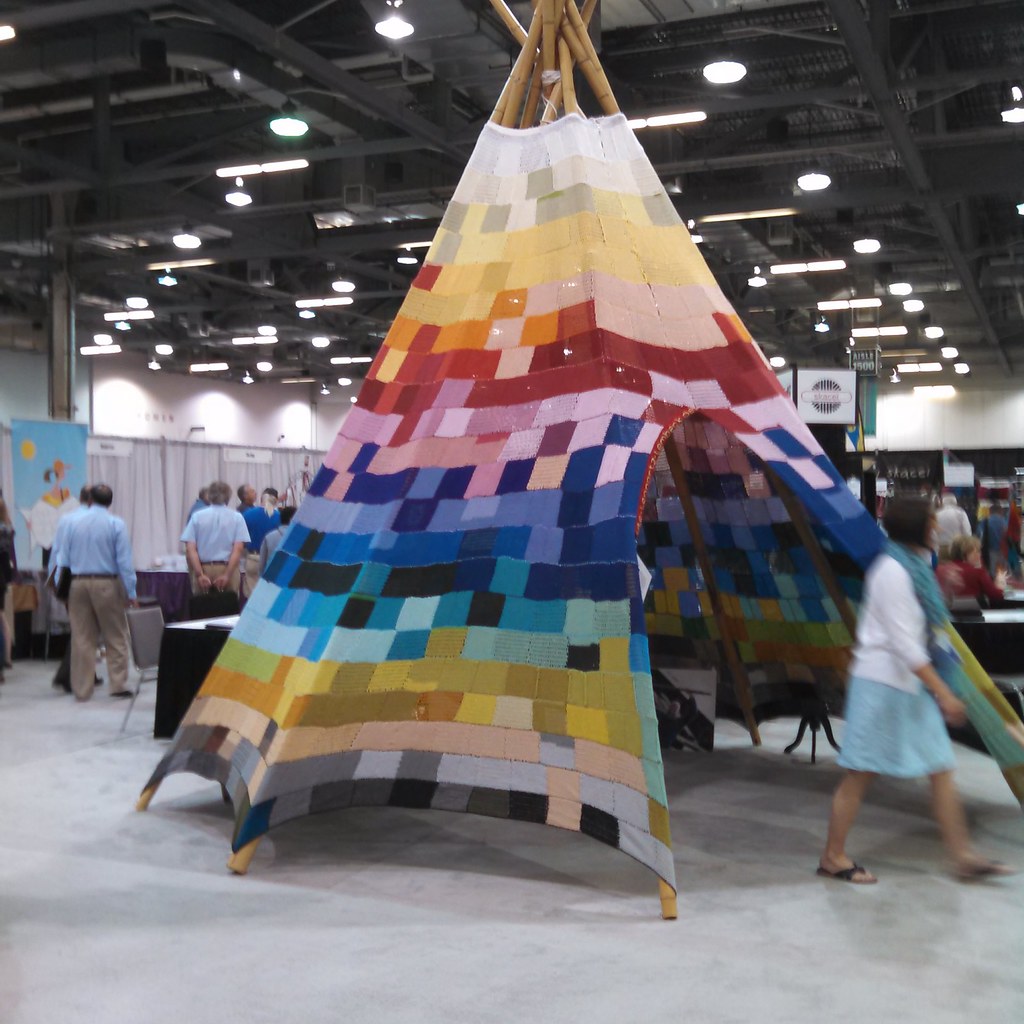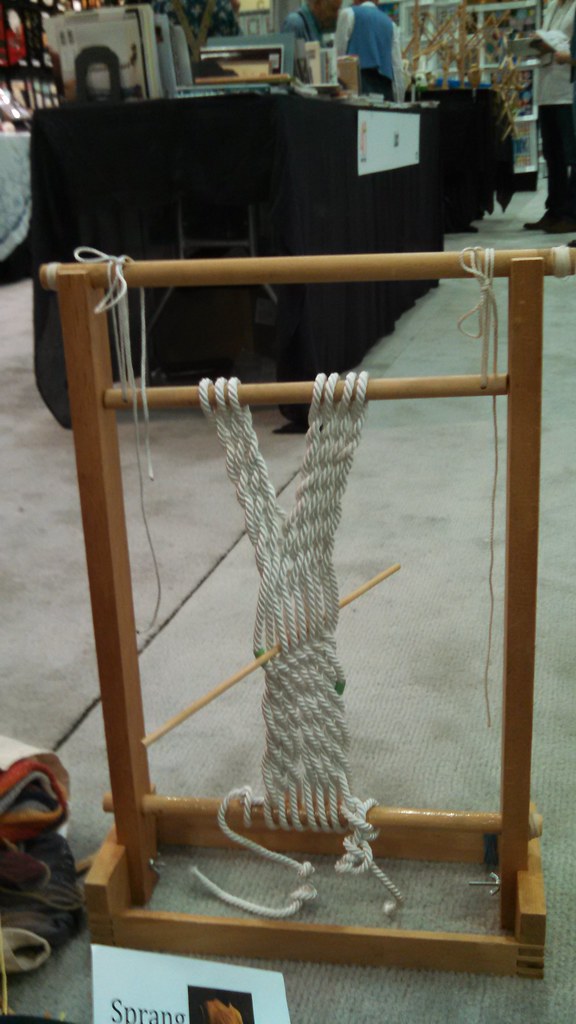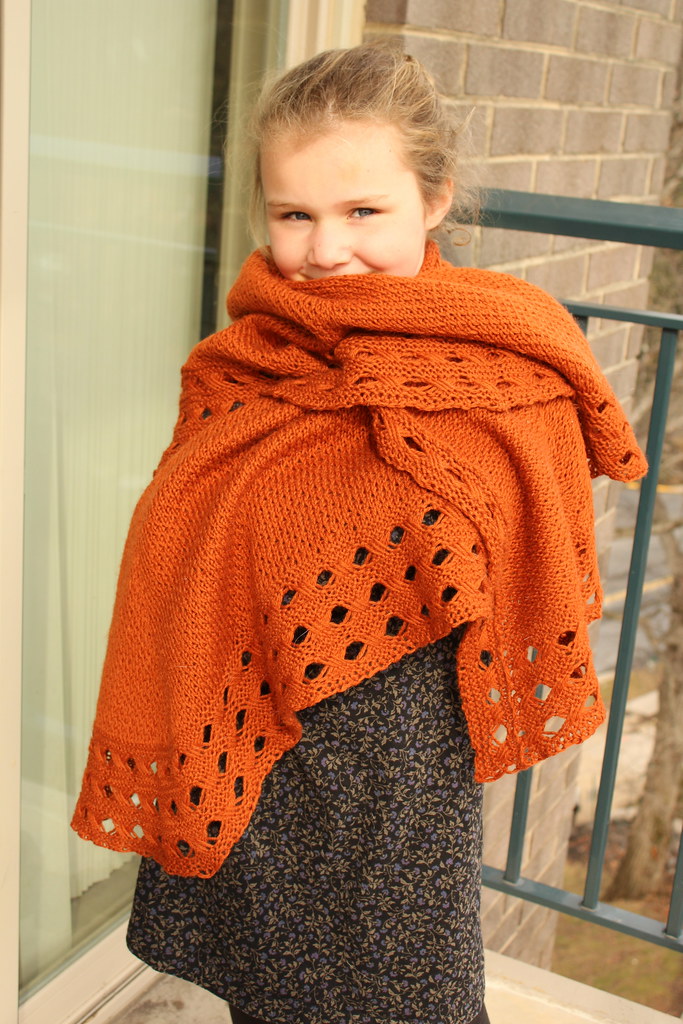Aboard a cruise ship, sailing with Mr. Turtle, my parents and his parents. It’ll be our second (third? – depends on how you count it) vacation together. It’s all part of Mr. Turtle’s and my project to integrate our families. You see, Michael’s grandparents didn’t get along, and he can’t remember a time when they were both in the same room. In contrast, my grandparents were good friends, and I can remember many holidays, visits and trips where my family and grandparents were all in tow.
It was a perfect arrangement, really. With 4 Crowley grandchildren and 4 grandparents, it was glorious to get some really good one-on-one grandparent love. I want that for my family, so Mr. Turtle and I have been trying to create situations where our parents, who live pretty far away, can spend time together.
Which actually wasn’t what I was planning on writing about.
I was planning on writing about my missing sock. You see, about a month ago I finished a pair of socks, for myself, that I’ve been wanting to finish for a while.
I was pretty excited about them, so I wore them nearly for three days straight, washed them, and wore them once more.
And now one of the socks are missing.
The kicker is, the sock is somewhere in my house. I figured, when we had company over this 4th of July, and were cleaning things, it’d turn up. I wasn’t really concerned.
But now it’s after the 4th, the sock still hasn’t shown up, and I’m disappointed: I wanted to take them on the cruise with me. No such luck. I can’t find them anywhere, darn-it!
Have you ever lost a knitting or crochet item? Did you find it again? After how long? I’m really starting to get bummed about this missing sock.











